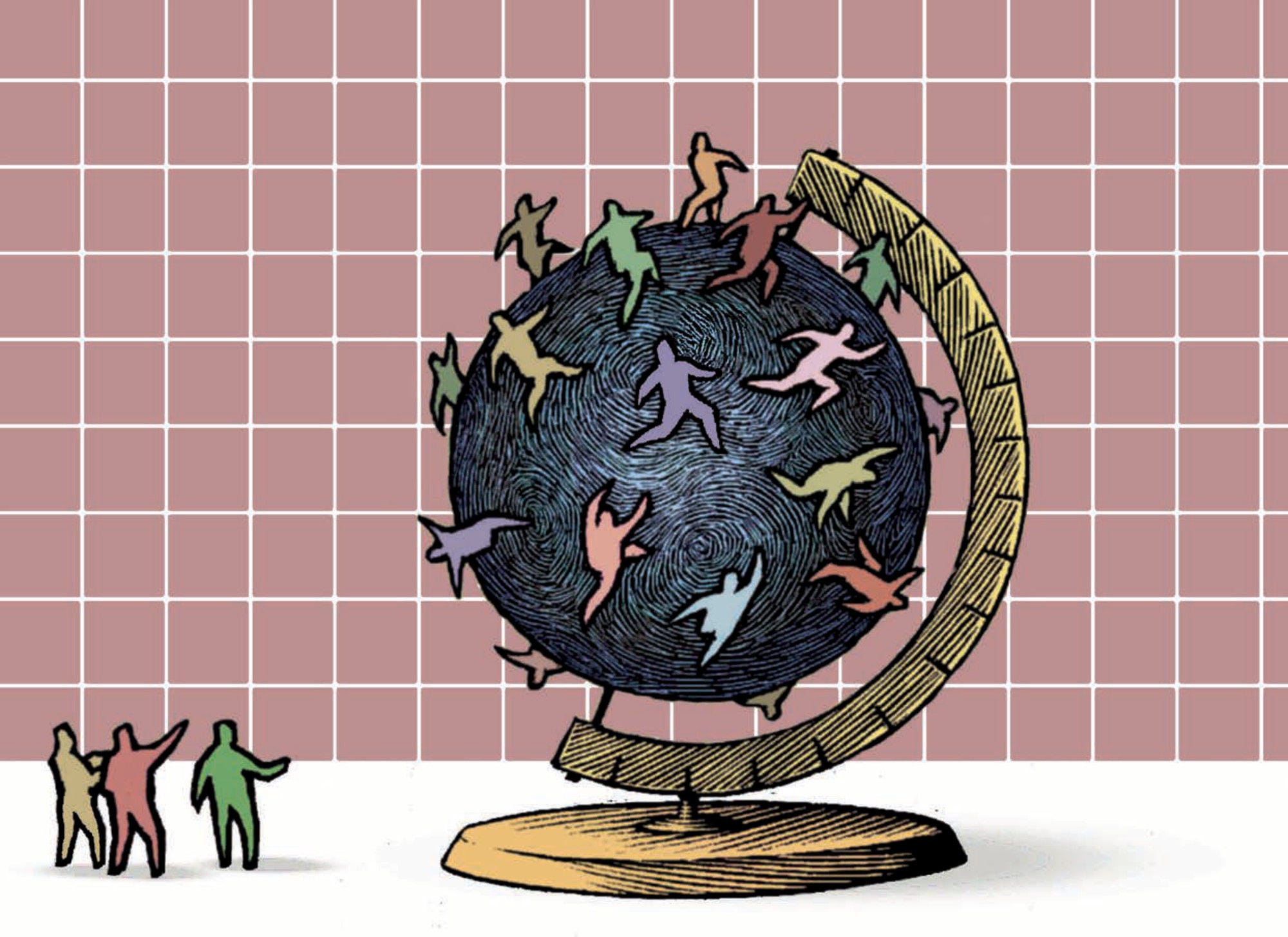In 2017, the United States received 1 127 000 new immigrants on a long-term or permanent basis (including changes of status and free mobility), ‑4.8% compared to 2016. This figure comprises 5.8% labour migrants, 72.9% family members (including accompanying family) and 13% humanitarian migrants.
Around 394 000 permits were issued to tertiary-level international students and 691 000 to temporary and seasonal labour migrants and trainees.
Mexico, China and Cuba were the top three nationalities of newcomers in 2017. Among the top 15 countries of origin, Afghanistan registered the strongest increase (7 000) and China the largest decrease (‑10 000) in flows to the United States compared to the previous year.
In 2018, the number of first asylum applicants decreased by 23.3%, to reach around 254 000. The majority of applicants came from El Salvador (33 400), Guatemala (33 100) and Venezuela (27 500). The largest increase since 2017 concerned nationals of India (2 000) and the largest decrease nationals of El Salvador (‑16 000). Of the 46 000 decisions taken in 2018, 38.2% were positive.
Emigration of Americans to OECD countries increased by 2.8% to 142 000. Approximately 15.4% of this group migrated to Japan, 14.8% to Germany and 13.9% to Korea.
In April 2018, the United States began to refer all individuals apprehended illegally crossing into the country from Mexico for prosecution. As adults were put into custody, they were separated from any offspring who had accompanied them across the border. In June 2018, an executive order ended separation as a general policy, limiting it to specific cases.
The United States lowered the annual refugee resettlement cap for Fiscal Year 2019, continuing a downwards trend in its annual refugee resettlement cap since 2016. The quota for US FY2018 was 45 000 and for 2019 was set at 30 000. A temporary suspension of admissions in 2017 and tighter scrutiny led to fewer resettlements than allocated in FY2018 and in the first half of FY2019.
Starting in January 2019, the Migrant Protection Protocols (MPP) or “Remain in Mexico” were implemented. Under this policy, people crossing the border illegally from Mexico or without proper documentation at border points who then file for asylum may be returned to Mexico to await the processing of their cases. In a separate practice, some border crossings limit the number of asylum seekers who can file applications at that crossing in any given day.
In January 2018, in an attempt to reduce the backlog of asylum claims – which exceeded 200 000 – the US administration changed from a queue system for processing to a prioritising of new applications.
Finally, Temporary protected status was terminated for several countries, including El Salvador, Haiti, and Nicaragua but courts suspended this termination.
Examination of applications and renewals of temporary permits for labour migrants has been stepped up, leading to higher refusal rates. The refusal rate for initial applications for H‑1B visas, which was below 10% through FY2015, rose to 24% in FY2018. The refusal rate for renewals, which had been no higher than 5% in the decade to 2016, rose to 18% in FY2018. Indications for FY2019 suggest that denials are at a higher level.
The process for attributing the H‑1B visa – for which the cap of 85 000 is heavily oversubscribed – was modified. Applicants for FY2020’s cap were first subject to a lottery for the 65 000 general places, and then a lottery for 20 000 places for those with a master’s level or higher. This was a reversal of prior procedure, and led to 11% more higher-educated applicants being selected within the cap. Another change will lighten the paperwork load incumbent on potential sponsors of H‑1B visa holders. From FY2021, sponsors only need to file a registration, rather than a full application, to be considered for the cap. Registrations selected in the lottery must be followed up with a complete application.
The administration proposed changes to the EB‑5 visa for foreign investors, raising the threshold from USD 500 000 to USD 1.35 million and changing the designation process for “targeted employment areas”, where investment thresholds are half that amount.
For further information:
www.uscis.gov
www.dhs.gov/
www.state.gov
